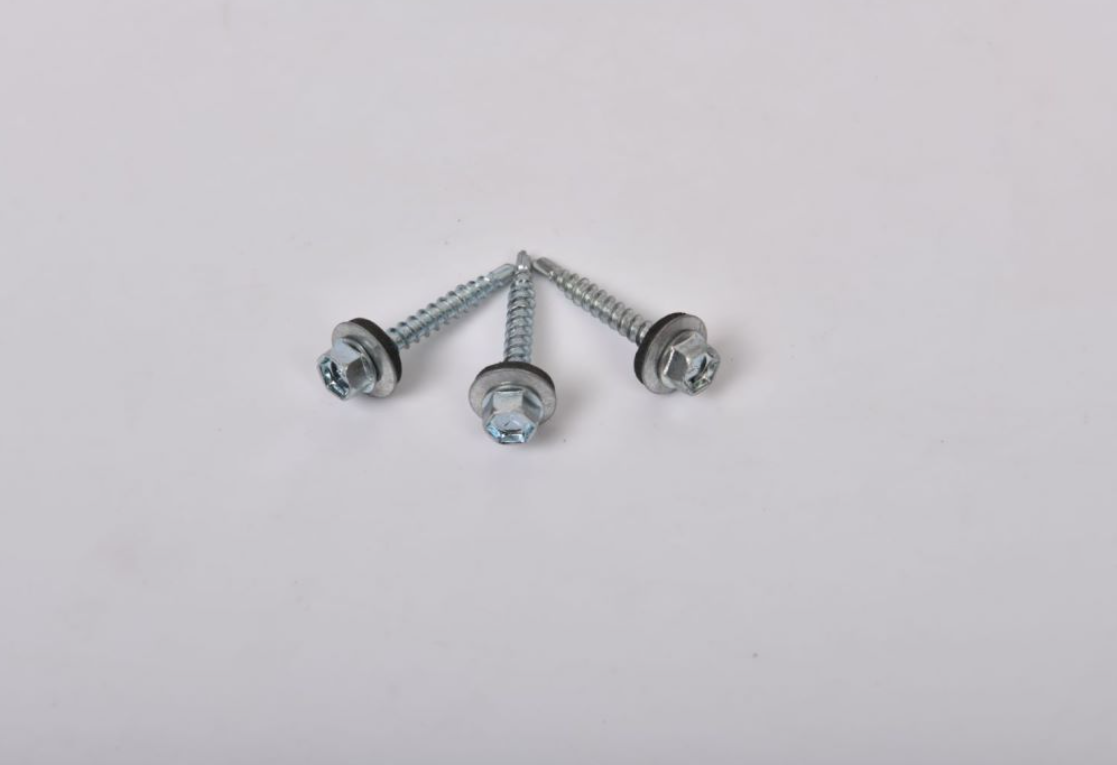Cylindrical Head Self-Tapping Screws for Various Applications and Projects
Understanding Countersunk Head Self-Tapping Screws
In the world of fasteners, countersunk head self-tapping screws represent a vital component used in various applications, ranging from woodworking to metal fabrication. Their unique design and functionality make them an ideal choice for many projects that require durability, strength, and a neat finish.
What are Countersunk Head Self-Tapping Screws?
Countersunk head self-tapping screws are screws designed to create their own hole as they are driven into materials. They can penetrate various materials, including plastic, wood, and metal, thanks to their sharp threading and pointed tip. The term countersunk refers to the head design, which is angled and allows the screw to sit flush with the surface of the material, providing a cleaner aesthetic and reducing the risk of snagging.
Key Features
1. Self-Tapping Design One of the primary advantages of these screws is their self-tapping feature. The screw's tip is designed to cut into the material, creating its own thread as it is driven in. This eliminates the need for pre-drilling, saving time and effort in assembly processes.
2. Countersunk Head The countersunk head design not only contributes to a visually appealing finish but also minimizes the overall height of the fastener. When fully installed, the head is flush with the material surface, offering a sleek look while reducing the chance of the screw causing damage or interference with other components or fabric.
3. Variety of Materials Countersunk head self-tapping screws are available in various materials, including stainless steel, zinc-plated steel, and brass. Each material offers different benefits, such as corrosion resistance or enhanced strength, making it essential to select the right type for the intended application.
4. Different Drive Types These screws can come with various drive types, including Phillips, slotted, or Torx. The choice of drive type not only influences the ease of installation but also determines the amount of torque applied during tightening, which can be critical for ensuring a secure fit.
Applications
countersunk head self tapping screw

Countersunk head self-tapping screws find their use in a myriad of applications. Here are a few areas where they are commonly utilized
1. Furniture Design In the assembly of wooden furniture, these screws help secure joints without leaving exposed fasteners, enhancing the overall look and feel of the piece.
2. Metal Fabrication Their ability to cut through metal makes these screws suitable for use in various metalworking projects. They can be used in HVAC installations, automotive assembly, and general metalworking applications where a flush finish is crucial.
3. Construction and Carpentry Builders and carpenters favor these screws for securing drywall, roofing materials, and other structural elements, where both strength and aesthetic are important.
4. Electronic Enclosures The flush mount provided by countersunk screws helps in assembling enclosures for electronic devices, reducing the risk of damage to sensitive components.
Advantages
Choosing countersunk head self-tapping screws offers several advantages
- Efficiency The elimination of the need for pre-drilling speeds up assembly and reduces labor costs. - Clean Appearance The design ensures that no part of the screw protrudes from the surface, creating a polished look suitable for visible applications. - Versatility Ideal for various materials and situations, these screws can adapt to numerous applications across industries.
Conclusion
Countersunk head self-tapping screws play a crucial role in modern manufacturing and construction. Understanding their features, benefits, and applications empowers builders, manufacturers, and DIY enthusiasts to make informed decisions that enhance the quality and efficiency of their projects. Whether you’re fastening wood, metal, or other materials, these fasteners provide a reliable solution that combines strength, aesthetics, and practicality.
-
Top Choices for Plasterboard FixingNewsDec.26,2024
-
The Versatility of Specialty WashersNewsDec.26,2024
-
Secure Your ProjectsNewsDec.26,2024
-
Essential Screws for Chipboard Flooring ProjectsNewsDec.26,2024
-
Choosing the Right Drywall ScrewsNewsDec.26,2024
-
Black Phosphate Screws for Superior PerformanceNewsDec.26,2024
-
The Versatile Choice of Nylon Flat Washers for Your NeedsNewsDec.18,2024










